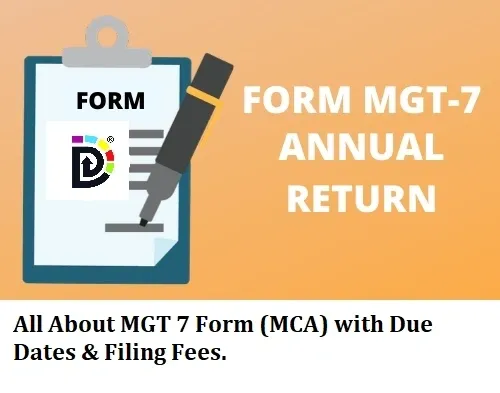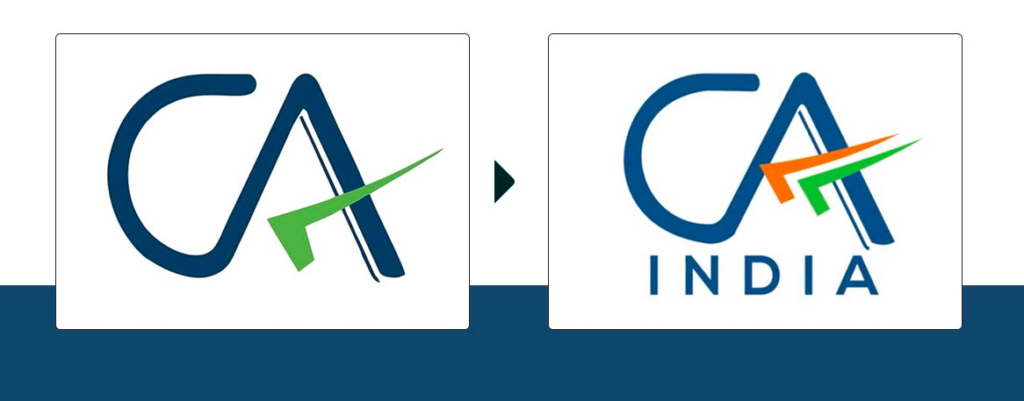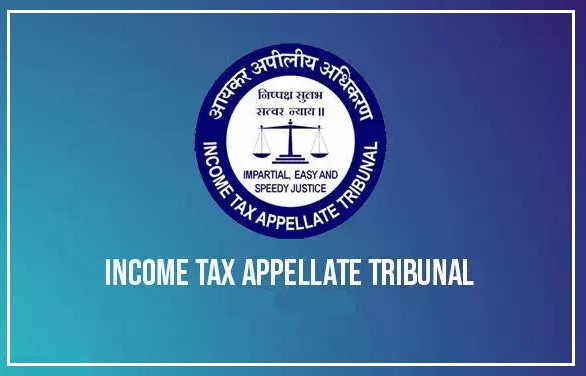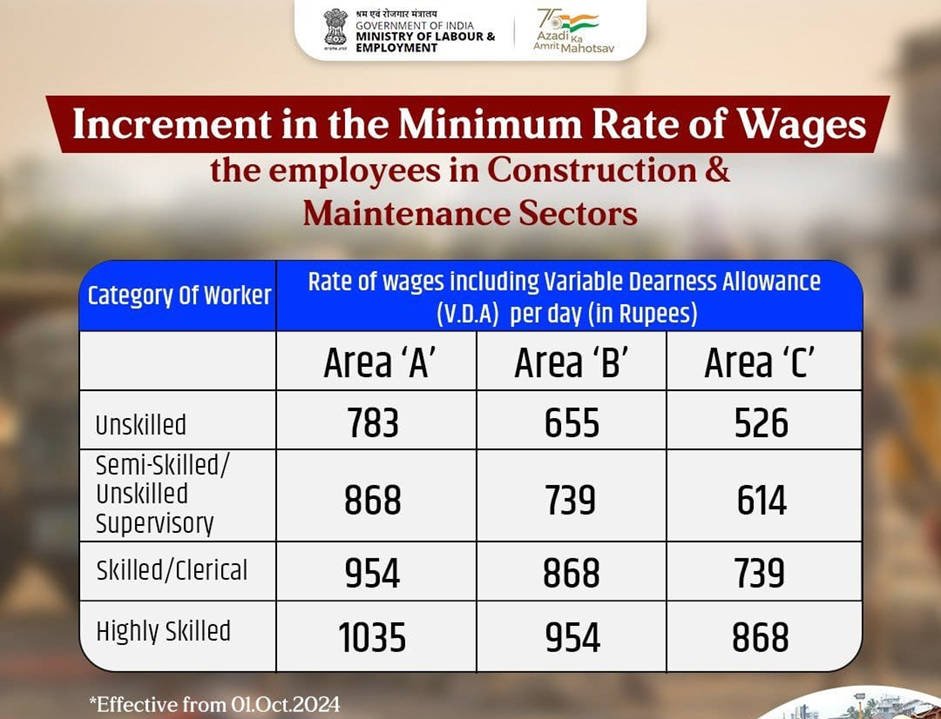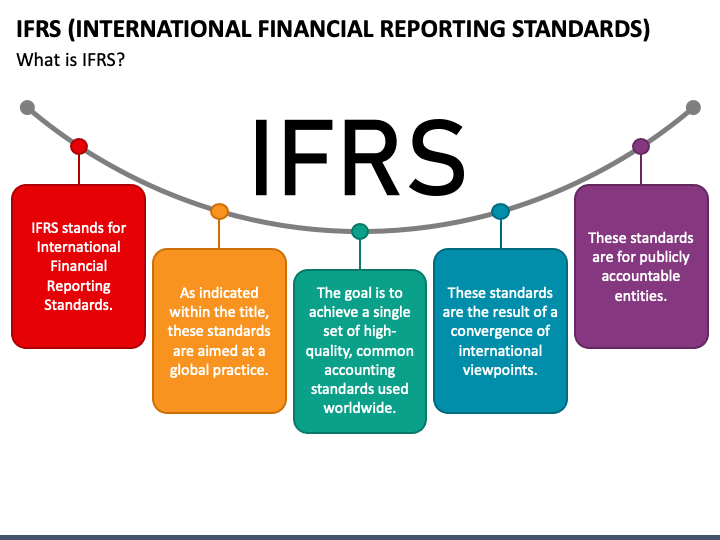How the New TDS Provisions on Cryptocurrency Transactions Impact Investors

The rapid rise of cryptocurrency has prompted regulatory bodies worldwide to establish clearer tax regulations. In India, the fiscal year 2024-25 brings new Tax Deducted at Source (TDS) provisions specifically targeting cryptocurrency transactions. These provisions aim to streamline tax collection from crypto transactions and bring more transparency to the burgeoning digital asset market. This article will explore the new TDS provisions on cryptocurrency transactions, their implications for investors, and how to navigate these changes effectively.
Cryptocurrency has transformed the financial landscape, offering new investment opportunities while posing unique challenges for regulators. In response to the increasing volume and value of crypto transactions, the Indian government has introduced new TDS provisions aimed at ensuring proper tax compliance. Understanding these changes is crucial for investors to manage their tax liabilities and avoid potential penalties.
Overview of TDS on Cryptocurrency
Contents
Tax Deducted at Source (TDS) is a mechanism where tax is collected at the point of transaction. For cryptocurrencies, this means tax is deducted when a transaction involving a digital asset occurs. The aim is to capture tax revenue at the source, ensuring that the government receives its due share from crypto transactions.
Key Changes in TDS Provisions
The new TDS provisions for cryptocurrency transactions include:
- Introduction of TDS on Crypto Transactions: For the first time, TDS will apply to the sale and purchase of cryptocurrencies.
- Threshold Limits: Specific thresholds have been set, above which TDS will be deducted.
- Rate Changes: Different TDS rates for different types of transactions.
- Reporting Requirements: Enhanced reporting requirements for individuals and entities involved in crypto transactions.
Detailed Analysis of New TDS Rates
Below is a detailed table outlining the new TDS rates for cryptocurrency transactions for FY 2024-25:
| Transaction Type | Section | TDS Rate (%) | Threshold Limit (₹) |
|---|---|---|---|
| Purchase of Cryptocurrency | 194S | 1 | ₹50,000 per annum |
| Sale of Cryptocurrency | 194T | 1 | ₹50,000 per annum |
| Transfer of Cryptocurrency | 194U | 2 | ₹1,00,000 per annum |
Implications for Investors
Increased Tax Liability
Investors will face an increased tax liability due to the new TDS provisions. This change means that for every transaction involving the purchase, sale, or transfer of cryptocurrency, a portion of the transaction value will be deducted as tax.
Impact on Investment Strategy
The introduction of TDS may affect investment strategies, especially for high-frequency traders and those dealing with large volumes of transactions. Investors will need to account for TDS while planning their trades to ensure profitability after tax deductions.
Compliance Burden
Investors must ensure compliance with the new TDS provisions to avoid penalties. This includes maintaining accurate records of all transactions and ensuring timely payment of TDS.
Cash Flow Management
The deduction of TDS at the time of the transaction could impact cash flow, particularly for those who rely on the regular buying and selling of cryptocurrencies. Investors will need to plan their cash flow to accommodate these deductions.
Compliance Requirements
Record-Keeping
Maintaining detailed records of all cryptocurrency transactions is crucial. This includes documentation of the transaction value, date, counterparties involved, and TDS deducted.
Timely Payment of TDS
Investors must ensure that TDS is deducted and deposited with the government within the stipulated timelines. Delays can attract interest and penalties.
Filing of Returns
Investors need to file returns detailing their cryptocurrency transactions and TDS deducted. Accurate and timely filing will help avoid scrutiny and potential legal issues.
Use of Digital Platforms
Utilizing digital platforms and accounting software that are updated with the latest TDS provisions can simplify compliance. These tools can automate TDS calculation and ensure accurate reporting.
Common Challenges and Solutions
Understanding the New Provisions
Challenge: Investors may find it challenging to understand and implement the new TDS provisions. Solution: Engage with tax consultants or financial advisors who specialize in cryptocurrency transactions to gain clarity and ensure compliance.
Managing Increased Tax Deductions
Challenge: Higher TDS rates can reduce the effective returns from cryptocurrency investments. Solution: Plan investment strategies carefully, considering the tax impact. Use financial planning tools to optimize tax liabilities.
Ensuring Accurate Compliance
Challenge: Keeping up with the compliance requirements can be daunting.
Solution: Regularly update accounting systems, and consider using specialized software that can handle cryptocurrency transactions and TDS calculations.
Avoiding Penalties
Challenge: Non-compliance can result in penalties and legal issues.
Solution: Maintain a proactive approach to compliance, regularly review transactions, and ensure timely TDS payments and return filings.
Conclusion
The new TDS provisions on cryptocurrency transactions mark a significant step in regulating the digital asset market in India. While these changes aim to enhance tax compliance and transparency, they also bring new challenges for investors. By understanding the new TDS rates, maintaining accurate records, and ensuring timely compliance, investors can navigate these changes effectively.
Staying informed and proactive is key to managing the impact of these provisions on investment strategies and financial planning. Engaging with tax professionals and utilizing advanced accounting tools can further simplify compliance and help investors maximize their returns in the evolving cryptocurrency landscape.


